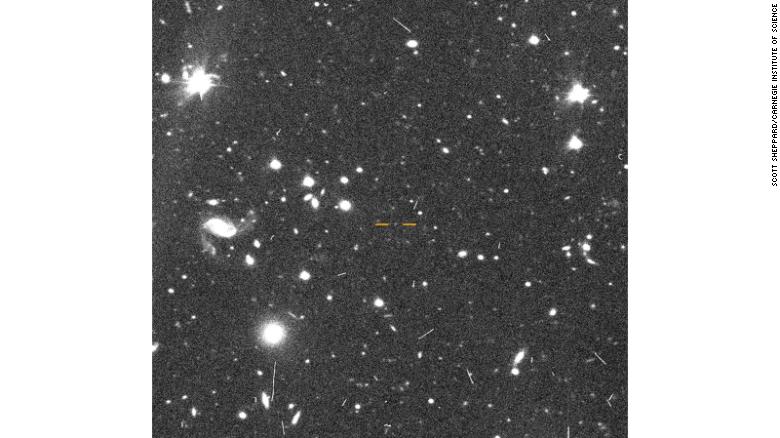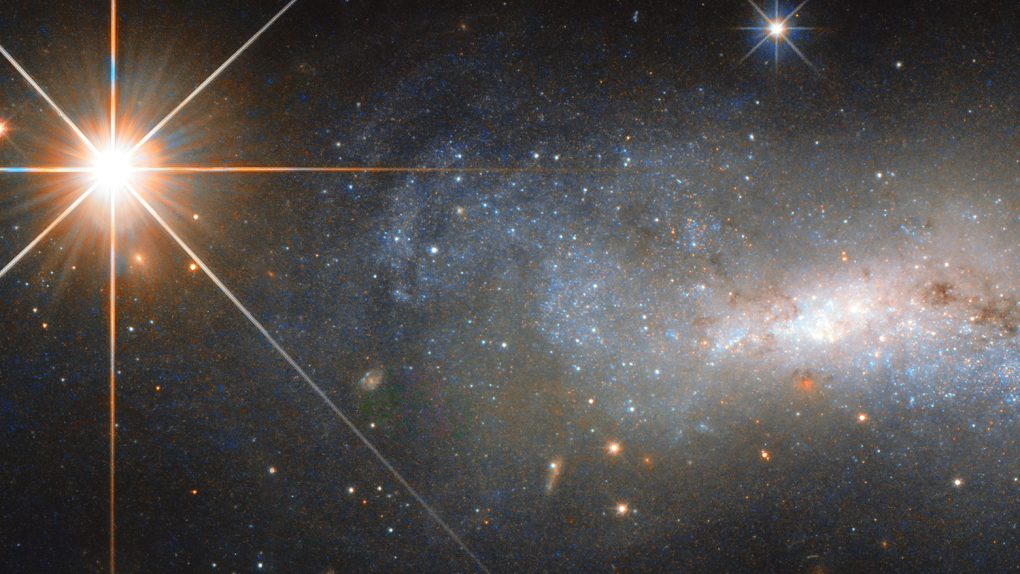It wasn’t long ago that astronomers detected the presence of what was then considered the most distant object in our solar system. The object, called 2018 VG18, was given the fitting nickname of “FarOut” by the researchers that discovered it.
Unfortunately, the thing about naming space objects is that eventually someone will find one that is bigger, faster, or in this case more distant than the previous record-holder. That’s exactly what just happened to FarOut, which is now the second most distant object in the system, and the new record holder needed a catchy nickname, too. It’s called FarFarOut.
Discovery of FarFarOut was made by Scott Sheppard, a scientist with the Carnegie Institution for Science. Sheppard is part of a team searching for the mysterious “missing” planet at the edge of our solar system called Planet X, but the data his team gathered ultimately revealed the existence of something entirely different.

Sheppard presented his finding during a live lecture session, nicknaming the object FarFarOut due to it being significantly farther away from the Sun than FarOut. The latter is thought to be around 120 astronomical units (1 AU = the distance from the Sun to the Earth) away, while FarFarOut is estimated to be some 140 AU from the Sun.
As Sheppard explained to CNN, additional observation will be needed to conclusively determine exactly how far the object is from the Sun.
“We need to reobserve the object again to confirm it is far far out there,” Sheppard told CNN. “Right now we only have observed Farfarout for a 24 hour time base. These discovery observations show Farfarout is around 140 AU, but it could be somewhere between 130 and 150 AU as well.”
Objects like FarOut and now FarFarOut often remain hidden due to their distance from the Sun, shrouding them in darkness and allowing them to remain so dim that modern telescope technology often can’t spot them. FarFarOut isn’t the only object out there, but it’s now the most distant one we know about.








